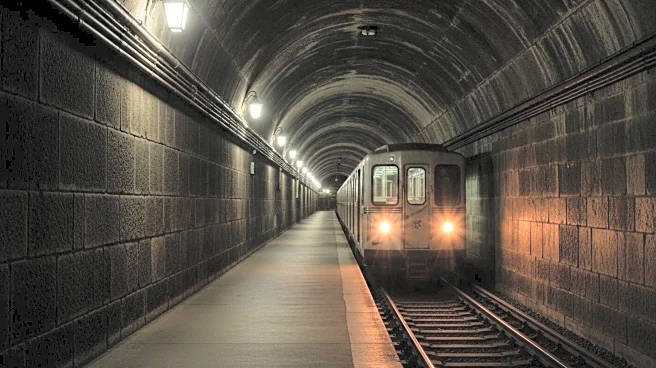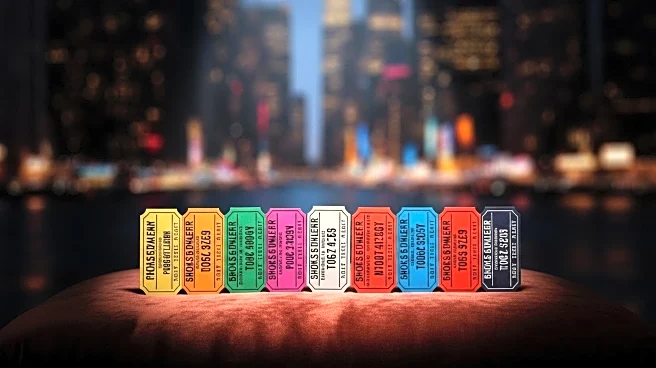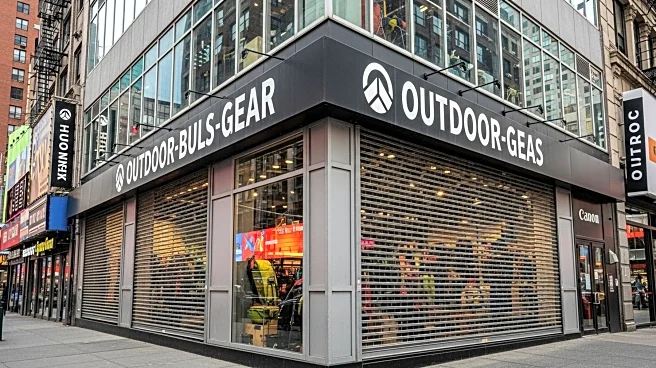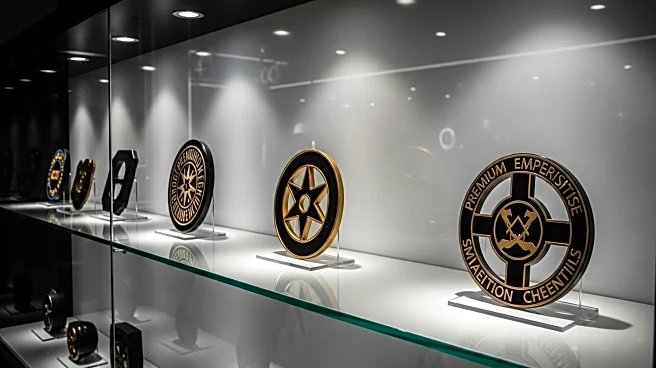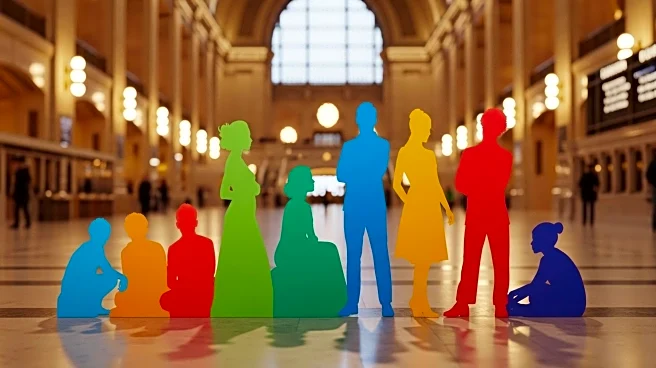What is the story about?
What's Happening?
On February 26, 1870, Alfred Ely Beach, a New York inventor, unveiled a secret pneumatic subway beneath Broadway, predating New York City's official subway by decades. Beach's unauthorized tunnel, built under the guise of a mail tube, was designed to demonstrate the feasibility of underground transit. The lavish unveiling included a grand piano, chandeliers, and a richly upholstered subway car, aiming to impress and garner public support for extending the line. Despite public enthusiasm, political opposition from streetcar operators and City Hall thwarted Beach's plans, leaving the subway as a one-block demonstration.
Why It's Important?
Beach's secret subway highlights the political and business challenges faced in developing urban infrastructure. His attempt to leverage public support for legislative change underscores the influence of powerful interests in shaping city planning. The story serves as a historical example of how innovation can be stifled by political resistance, a pattern still relevant in modern infrastructure projects. Beach's vision of a clean, efficient subway contrasts with the slow, dirty streetcars of the time, illustrating the potential for transformative urban transit solutions.
Beyond the Headlines
Beach's pneumatic subway is compared to modern concepts like Elon Musk's Hyperloop, both promising speed and cleanliness through advanced technology. The story reflects ongoing challenges in infrastructure development, including permitting hurdles and political opposition. Beach's experience demonstrates that technical feasibility alone is insufficient without political and public support, a lesson applicable to contemporary transit innovations.
AI Generated Content
Do you find this article useful?
